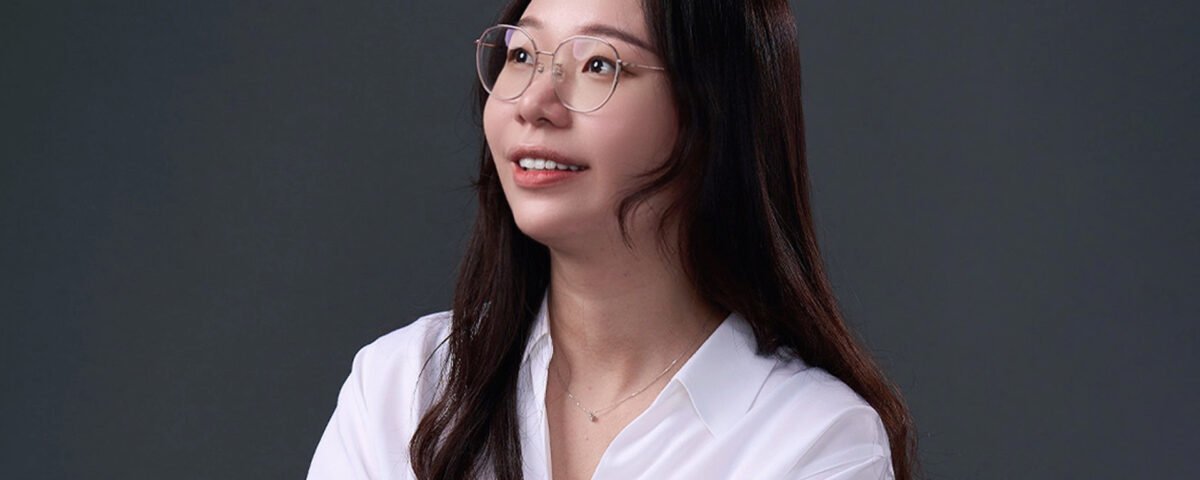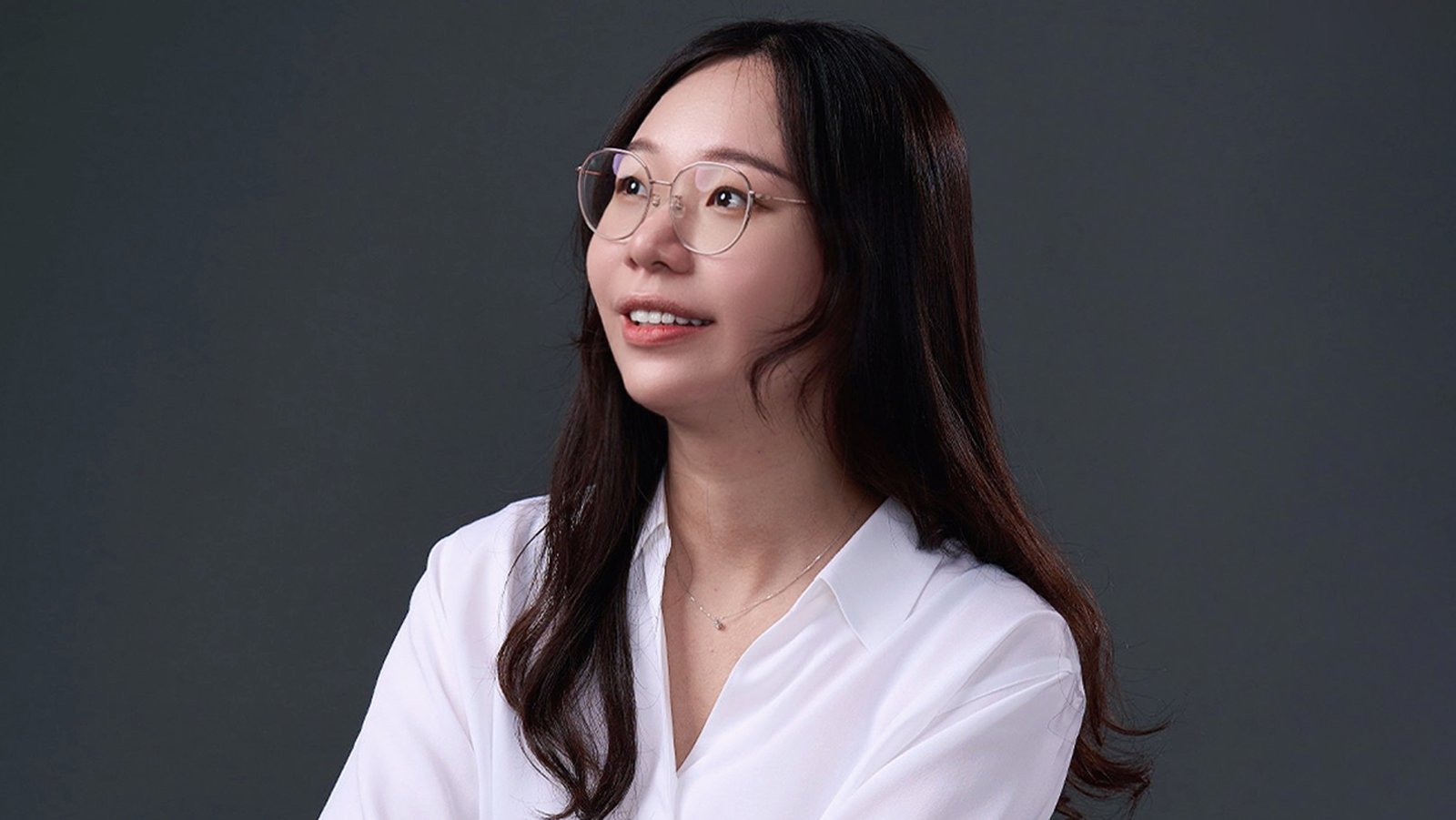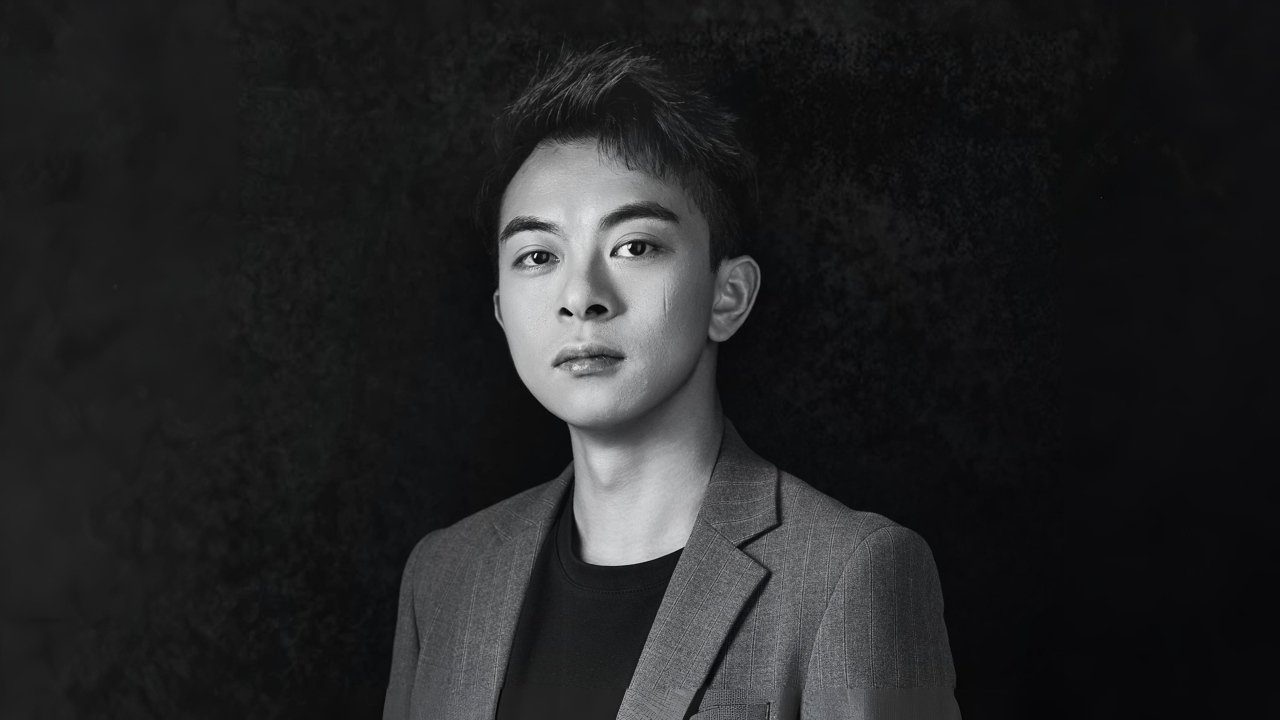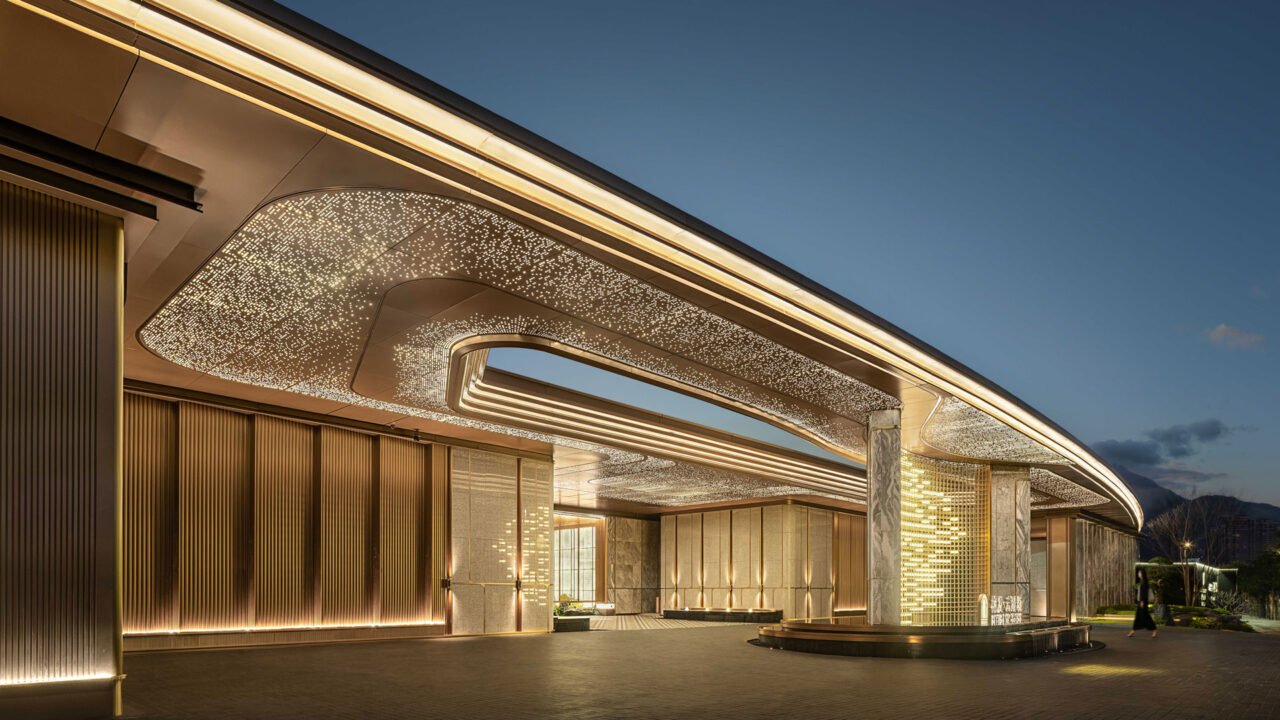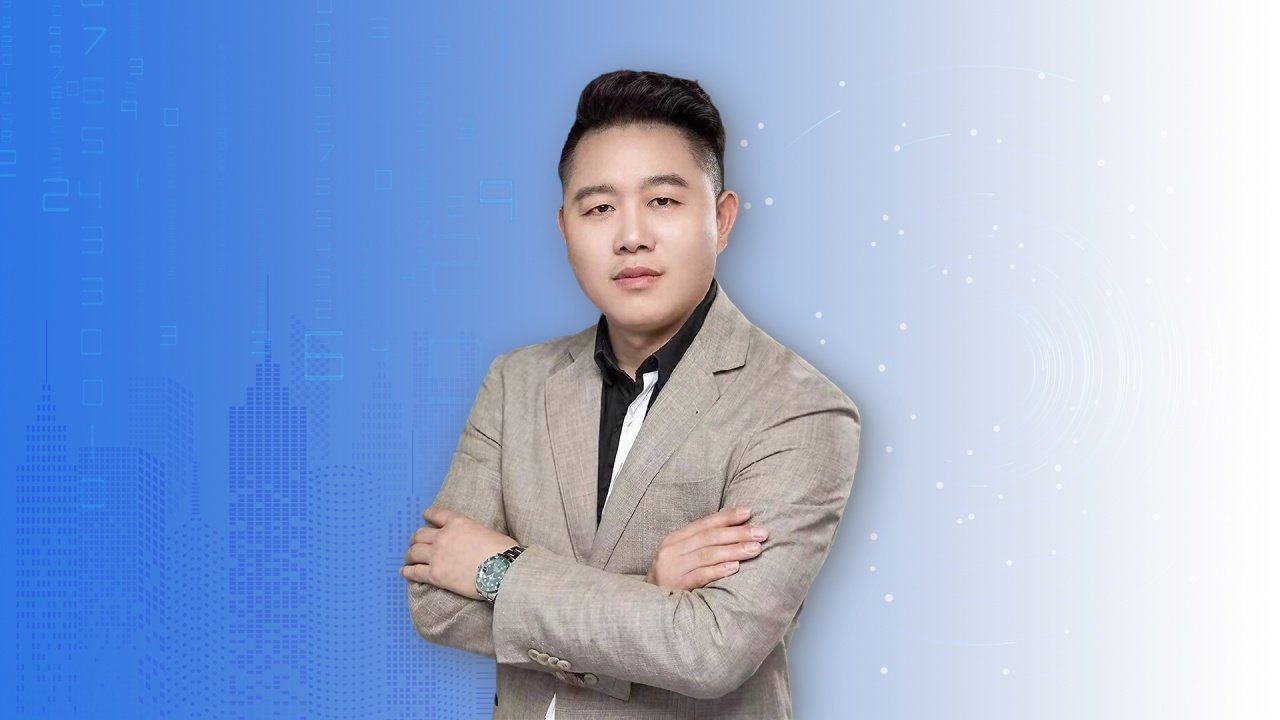
A Dialogue of Texture & Light: Inside the Mind of Chih-Cheng Chang
July 1, 2025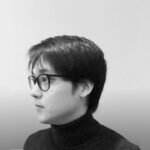
Prototyping Possibility: A Conversation with Designer Wenyu Du
July 1, 2025Yuchen Tsao
In 2020, Yu-Chen Tsao established Fecina Design with a vision to help brands in food, tech, and fashion stand out through thoughtful, strategy-led design. As the studio’s creative director, she sees design as a way to articulate value, build trust, and drive real growth.
Thank you to the MUSE Design Awards for this recognition. My name is Yu-Chen Tsao, a designer and the founder and creative director of Fecina Design.
Since our establishment in 2020, our team has specialized in brand strategy and visual design, assisting over a thousand enterprises across diverse industries—including F&B, technology, and fashion—to build distinctive and competitive brand identities. We believe that design is not merely an expression of aesthetics, but a core force that enables businesses to communicate value, build trust, and drive brand growth.
My decision to pursue design as a lifelong career stems from my innate sensitivity to imagery and color since childhood. To me, design is a universal language that transcends words, transforming a brand’s story, spirit, and values into tangible and emotionally resonant visual expressions. I am passionate about uncovering the unique narratives behind each brand and leveraging strategic design to help businesses stand out in a highly competitive market.
Receiving the MUSE Design Awards is not only a testament to our team’s professional capabilities but also an encouragement for us to keep pushing boundaries and integrating innovation. We strive to make design a bridge that connects people, brands, and society.
Looking ahead, Fecina Design will continue to accompany more enterprises with professionalism and passion, creating enduring brand value and advancing the profound impact of design within industries and everyday life.
Being recognized by the MUSE Design Awards means a great deal to me. It is an international honor that celebrates not only aesthetic excellence but also innovation, functionality, and storytelling in design. This recognition validates the creativity and hard work behind my projects and connects me to a global community of visionary designers who push the boundaries of the industry.
Winning enhances professional credibility and opens up new opportunities for collaboration and growth. More importantly, it inspires me to continue pursuing design that is meaningful, impactful, and forward-thinking—design that bridges people, brands, and society to create a better future.
Winning has had a profound impact on my career, my team, and Fecina Design. This honor has elevated our visibility within the design community and among clients, solidifying our professional image in innovative and strategic design solutions. The recognition has greatly boosted our team's morale, motivating us to continually push the boundaries of creativity.
Since receiving the award, we have attracted more collaboration invitations from well-known clients and opened new opportunities in the domestic market. Overall, this achievement has accelerated our growth and strengthened our commitment to creating meaningful and impactful design work.
Experimentation plays a key role in my creative process. It enables me to continuously explore new ideas, materials, and techniques, sparking innovation and producing unique visual solutions. Through experimentation, I push the boundaries of printing and discover unexpected possibilities that enrich the final work.
For example, in the gift box design project for Pro Hopetime Watches, I experimented with combining gold stamping, spot gloss, and embossing techniques to create packaging that offers consumers a distinctive tactile experience. This hands-on exploration helped us develop a design that is both visually impactful and highly functional.
One of the most unusual sources of inspiration I’ve ever drawn from is my own dreams. In my dreams, the colors, shapes, and elements are fantastical and abstract, allowing me to break free from traditional design thinking and overcome creative blocks. For example, in an award-winning project, I incorporated the concept of a time tunnel from my dream into the checkers box design, making the overall look more magical and eye-catching.
Additionally, inspired by the imagery of snake scales, I created a unique checkers board design. This unexpected source of inspiration reminds me that sometimes the simplest and most unrefined ideas can spark the most original and impactful designs.
One thing I wish more people understood about the design process is that great design is much more than just making things look beautiful. It involves deep research, problem-solving, iteration, and collaboration.
Effective design requires understanding the needs, emotions, and behaviors of users or audiences, then translating those insights into solutions that are both functional and meaningful. It’s a thoughtful and often complex journey that balances creativity with strategy, rather than a quick or purely aesthetic task.
Balancing client expectations with staying true to our creative vision is a delicate and important challenge in the design process. The key lies in first deeply understanding the client’s vision, goals, and needs through active listening and thorough communication. This helps establish a shared foundation, allowing our team’s creative direction to align with the client’s objectives while maintaining artistic integrity.
Clear and open communication throughout the project is essential. We regularly share our ideas and progress, inviting client feedback to foster collaboration rather than conflict. Educating clients about design principles and the reasoning behind our creative decisions helps them appreciate the value of our work and builds trust.
Compromise is often necessary, meaning we remain flexible in incorporating client preferences without sacrificing the core of our creative concept. Sometimes, approaching client suggestions with an open mind can spark unexpected innovations that enhance the quality of the final outcome.
One of the main challenges we faced during the creation of this award-winning design was finding the right balance between creativity and functionality. The project required a visually striking design that also met practical needs and provided a good user experience.
Additionally, incorporating the dream-inspired time tunnel concept and snake scale textures demanded meticulous experimentation with materials and techniques to achieve the desired effect without compromising usability.
To overcome these challenges, we adopted an iterative prototyping process, repeatedly working with the printing factory to produce samples and test different approaches. We maintained close communication within the team and with the client to ensure alignment on both aesthetic and functional goals.
Through flexible adjustments and an open mindset toward feedback, we gradually refined the design until it met all requirements. This collaborative and experimental approach was key to transforming the initial concept into a polished, award-winning final product.
When I encounter a creative block, one of the most effective ways to overcome it is to temporarily step away from the project, allowing my mind to rest and gain a fresh perspective. I also discuss the challenges with my team to explore possible solutions and generate new ideas.
This collaborative approach often sparks inspiration when I return to the work. Additionally, changing my work environment or taking a relaxing shower helps stimulate creativity in unexpected ways. I believe that creative blocks are not obstacles but opportunities for designers to pause, reflect, and come back with renewed energy and insight.
I infuse my designs with values of authenticity, empathy, and sustainability. Authenticity drives me to create work that genuinely reflects the unique story and essence of each client, rather than following trends blindly. Empathy allows me to deeply understand the needs, emotions, and experiences of the people who will interact with the design, ensuring that the final product resonates on a meaningful level.
Sustainability is also a core value—I strive to incorporate environmentally conscious materials and thoughtful design solutions that minimize waste and promote long-term positive impact. My personal experiences growing up in a culturally rich environment have also shaped my appreciation for storytelling and detail, which I weave into every project to create designs that are not only visually compelling but also rich in meaning.
One key piece of advice I would give to aspiring designers aiming for success is to be persistent and proactive in building a well-rounded skill set while staying true to your passion. Embrace every opportunity to learn, whether it’s through formal education, internships, or taking on diverse projects—even those that may seem less glamorous—as they all contribute to your growth and experience.
Additionally, understanding the business side of design and learning to communicate and sell your ideas effectively are crucial skills that can set you apart. Keep your portfolio current and focused on the kind of work you want to do, and seek mentorship or collaborate with experienced designers to accelerate your development.
If I could collaborate with any designer, I would choose a motion designer because bringing static graphic work to life inevitably requires the element of time. Through animation, we can inject the core soul into a piece, making it more engaging and emotionally impactful. Motion design not only enhances visual communication but also uses rhythm, transitions, and dynamic storytelling to create a deeper experience for the audience.
Collaborating with a motion designer would allow me to learn how to transform static design concepts into vivid narratives and explore more creative expressions. This kind of cross-disciplinary collaboration enriches the layers of the work and brings diverse perspectives and inspiration, making the design more alive and influential.
One question I wish people would ask me about my work is, "What story or message are you trying to convey through this design?" I believe every design should have a deeper purpose beyond aesthetics. My answer would be that I strive to create designs that not only look beautiful but also communicate meaningful stories or evoke emotions.
Whether it’s through color, form, texture, or motion, I want my work to connect with people on a personal level and inspire them in some way. Understanding the story behind a design helps viewers appreciate the thought and intention embedded in every detail.
Yu-Chen Tsao
In 2020, Yu-Chen Tsao established Fecina Design with a vision to help brands in food, tech, and fashion stand out through thoughtful, strategy-led design. As the studio’s creative director, she sees design as a way to articulate value, build trust, and drive real growth.
Explore the journey of the Jing Peng, the Gold Winner of the 2025 MUSE Design Awards. She merges AI and gamification to craft adaptive learning tools that transform how students engage with education.

